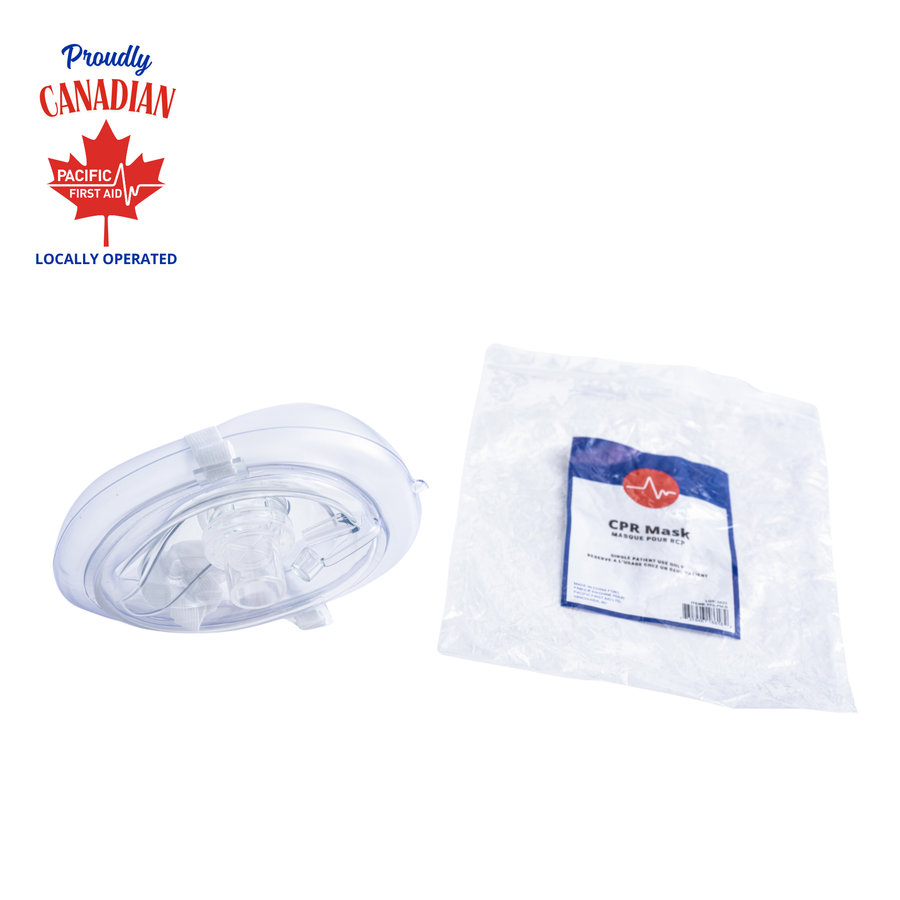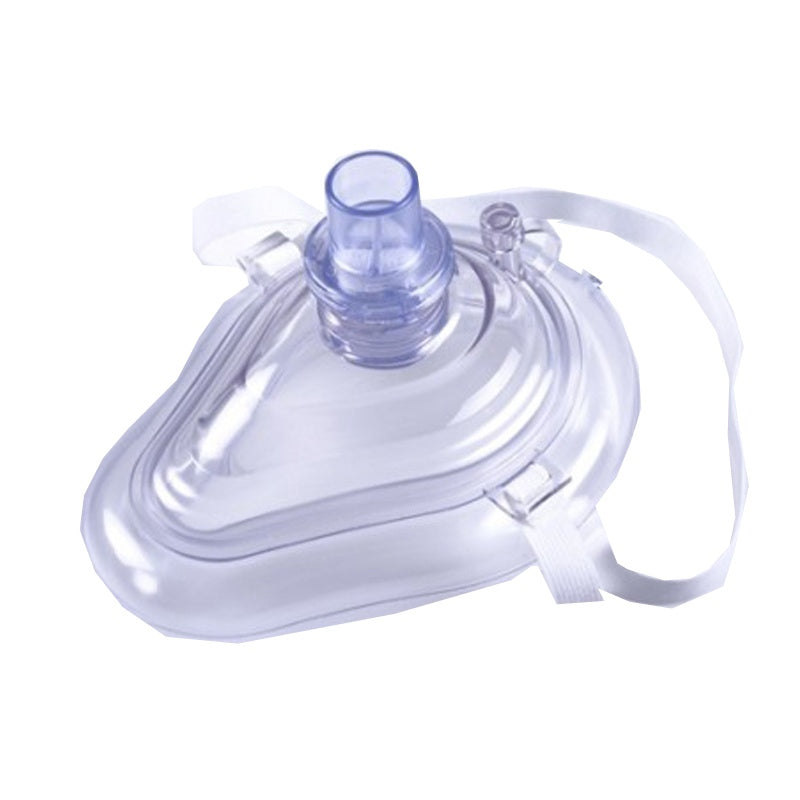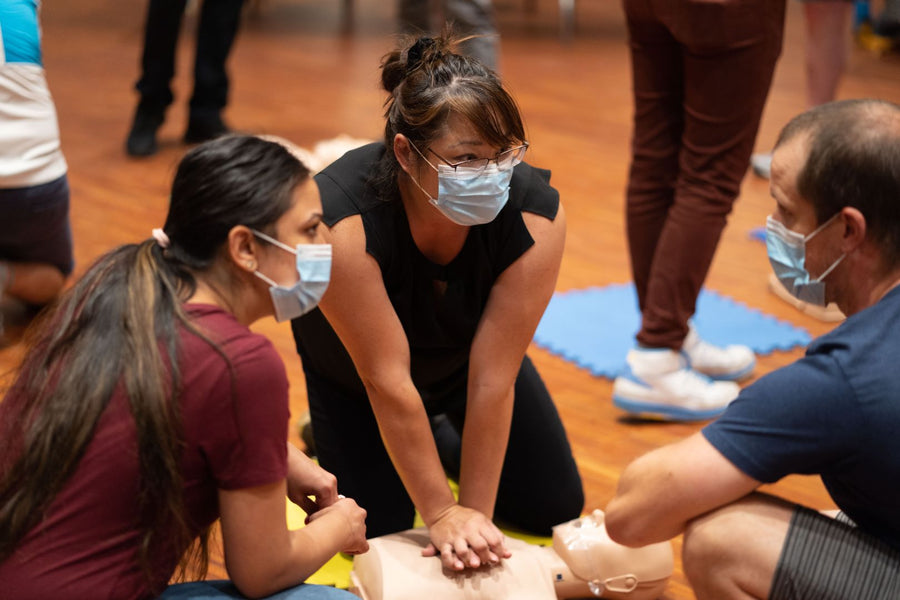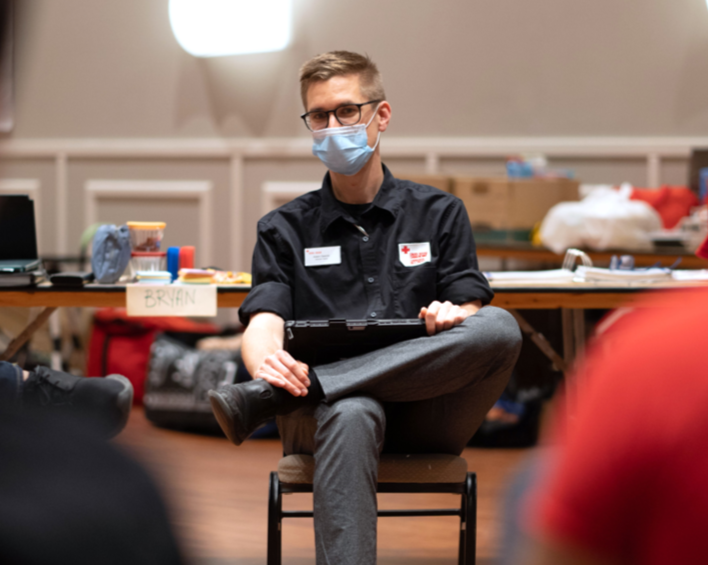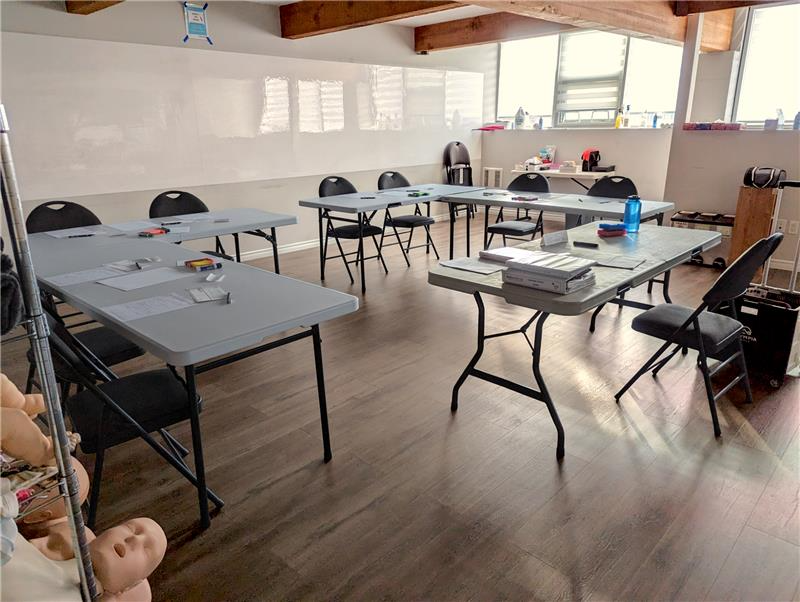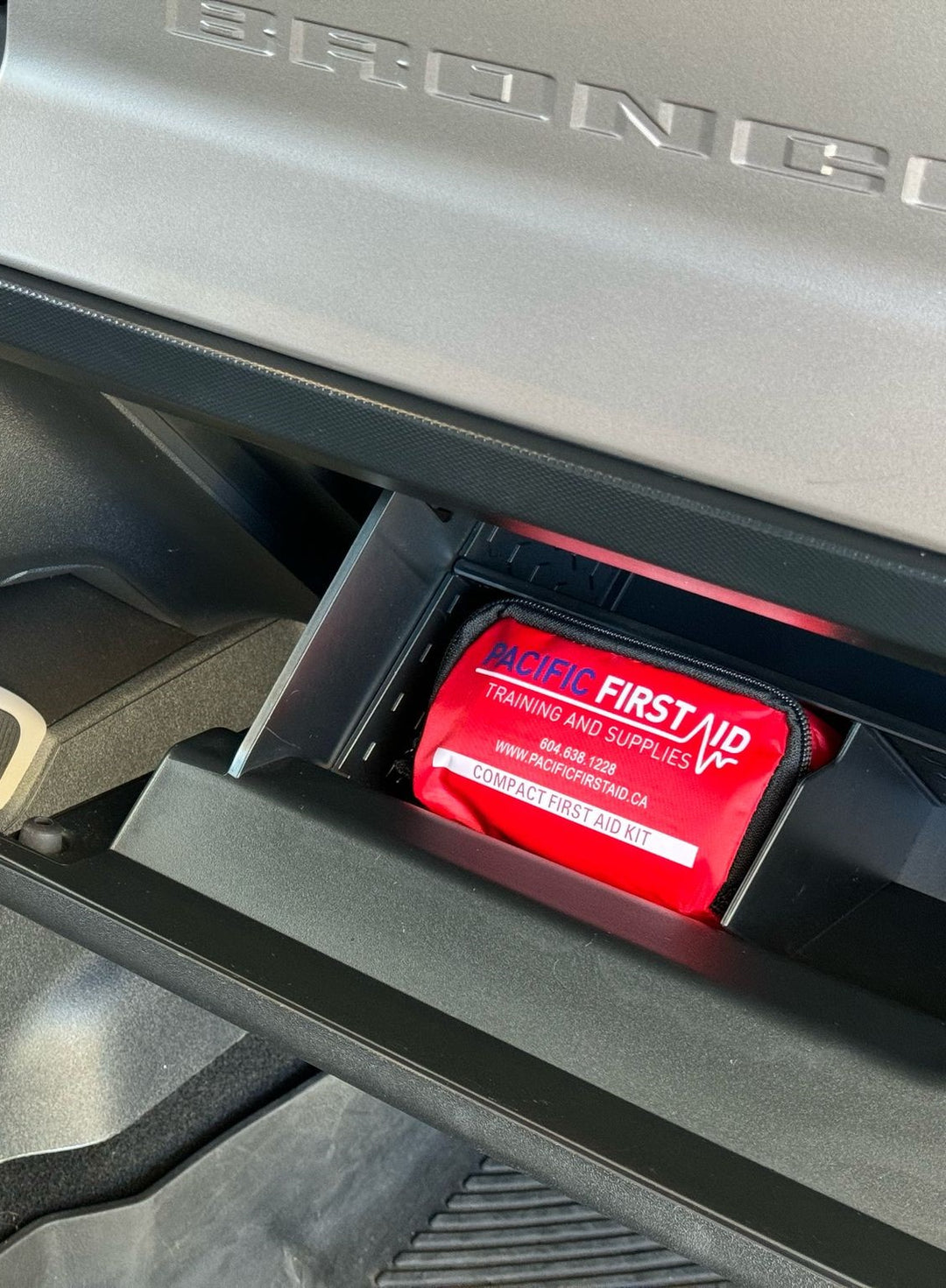
There’s a magic number when cooking beef — and it’s 71 C
Photo Credit: Armando Ascorve Morales
Doubts had been raised on the safe temperature for cooked beef, but new research has settled the question
Your burger is still done at 71 C.
New research has concluded that all E. coli pathogens are killed at that temperature.
“The last time people wrote articles about this in 2016, there was work that referenced the implication that 71 C was not safe,” said Mark Klassen, director of technical services with the Canadian Cattlemen’s Association.
“That created a lot of questions in media across North America.”
In a worst-case scenario, E. coli can cause death. In others, people recover from nausea, vomiting, severe stomach cramps, and other symptoms of food poisoning, but suffer damage to organs such as their kidneys.
“It doesn’t take much to make you ill,” said Klassen. “It could be 10 pathogens.”
That’s why it is important to precisely determine the temperature that kills all E. coli pathogens when cooking beef.
“I was concerned about this,” said Klassen. “We got a lot of questions in 2016 around the heat-resistant aspect and thought we needed some research to really be able to address it.”
He assembled a team of five scientists from Agriculture and Agri-Food Canada Lacombe to conduct the study.
“We had access to large numbers of samples from feedlots that had been part of another project of E. coli,” he said. “We also had some strains that had been used in previous research that were isolated from meat plants. We basically ended up — through previous work and in the most recent study — narrowing them down to strains that we thought were particularly relevant.”
These types were the most heat-resistant E. coli and the most heat-resistant E. coli that was pathogenic.
“We ended up finding that the most heat resistant of all was a non-pathogenic strain, so we used that to demonstrate that 71 C was sufficient. We put 100 million of those in a hamburger patty,” said Klassen.
The burger was cooked to 71 C and then plunged in a bath of ice water before being tested.
“We also tested it by waiting for three minutes and five minutes, to mimic what we might expect to see because very few people take a fork, put it in a burger, and then put it in their mouth from the grill,” said Klassen, noting that if you did that “your mouth would be cooked by the burger.”
The results, even in the worst-case scenario, showed all the E. coli pathogens were killed at 71 C.
“Our research found that if you let it cool for 13 seconds, all 100 million of those would be destroyed — and if you wait three or five minutes, you’re very safe,” he said.
“It’s important to note that in the real world, you would not have 100 million heat-resistant E. coli in your burger.”
The study is not only important on the food safety side, but also when it comes to enjoying your meal as cooking beef to a hotter temperature dries it out.
“There are food safety implications, and there are eating quality implications. We didn’t want to adversely affect the quality of the product unless there is good reason to do so.”
After all, ground beef is the most popular beef product and makes up 40 per cent of sales.
“This is a very important recommendation,” said Klassen. “You have to be sure that it is right. But we also don’t want to be creating a situation where it is overcooked either.”
Sourced From: Traincan


